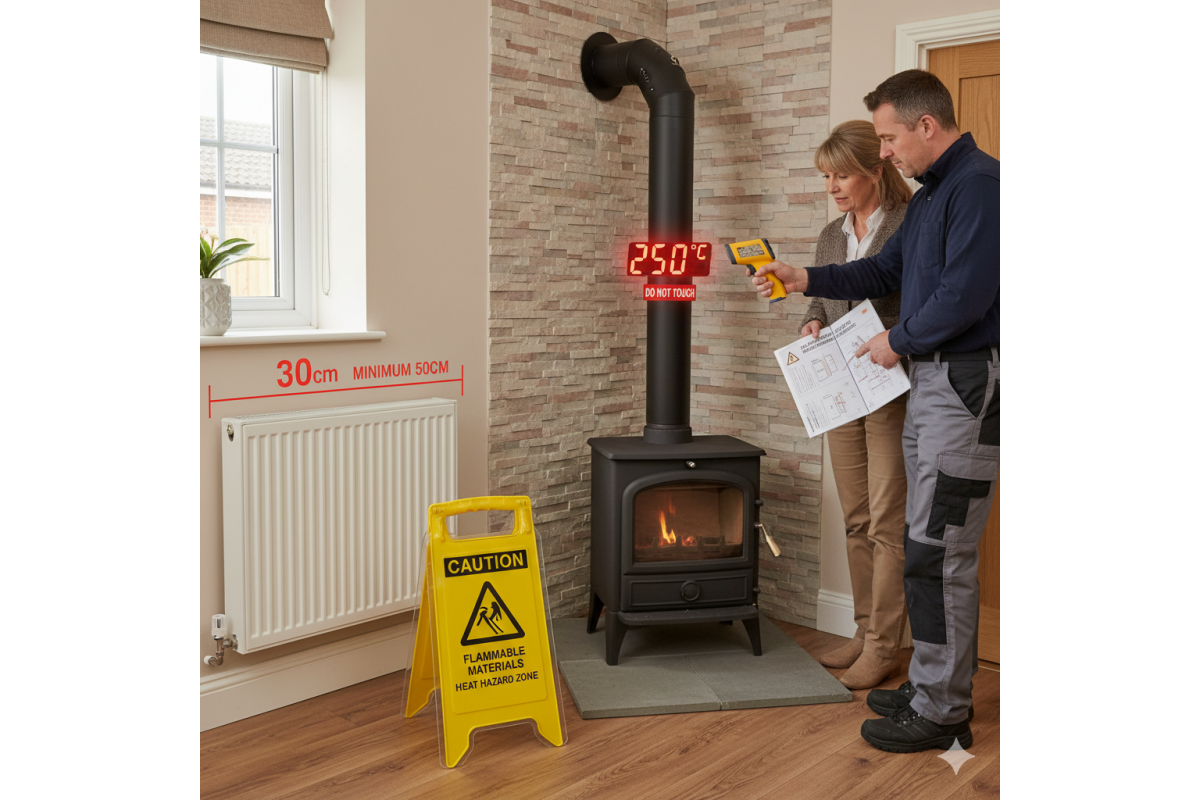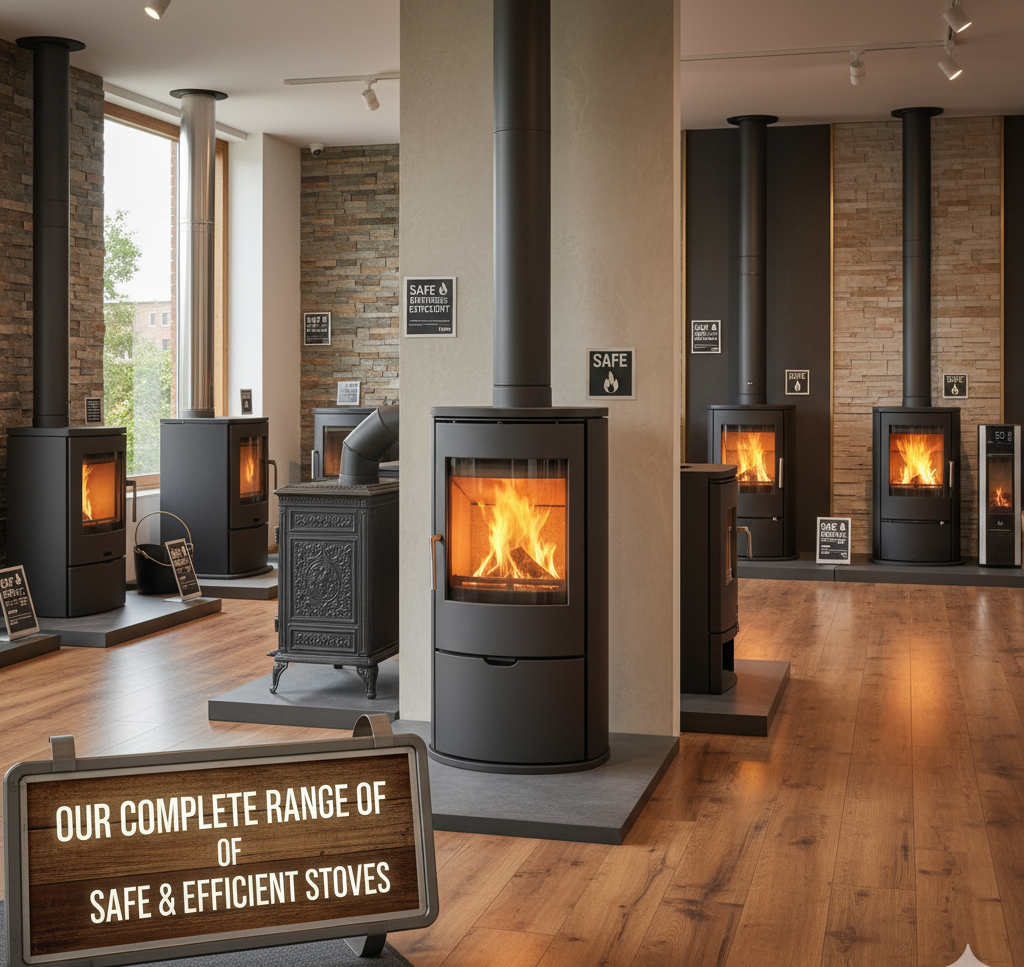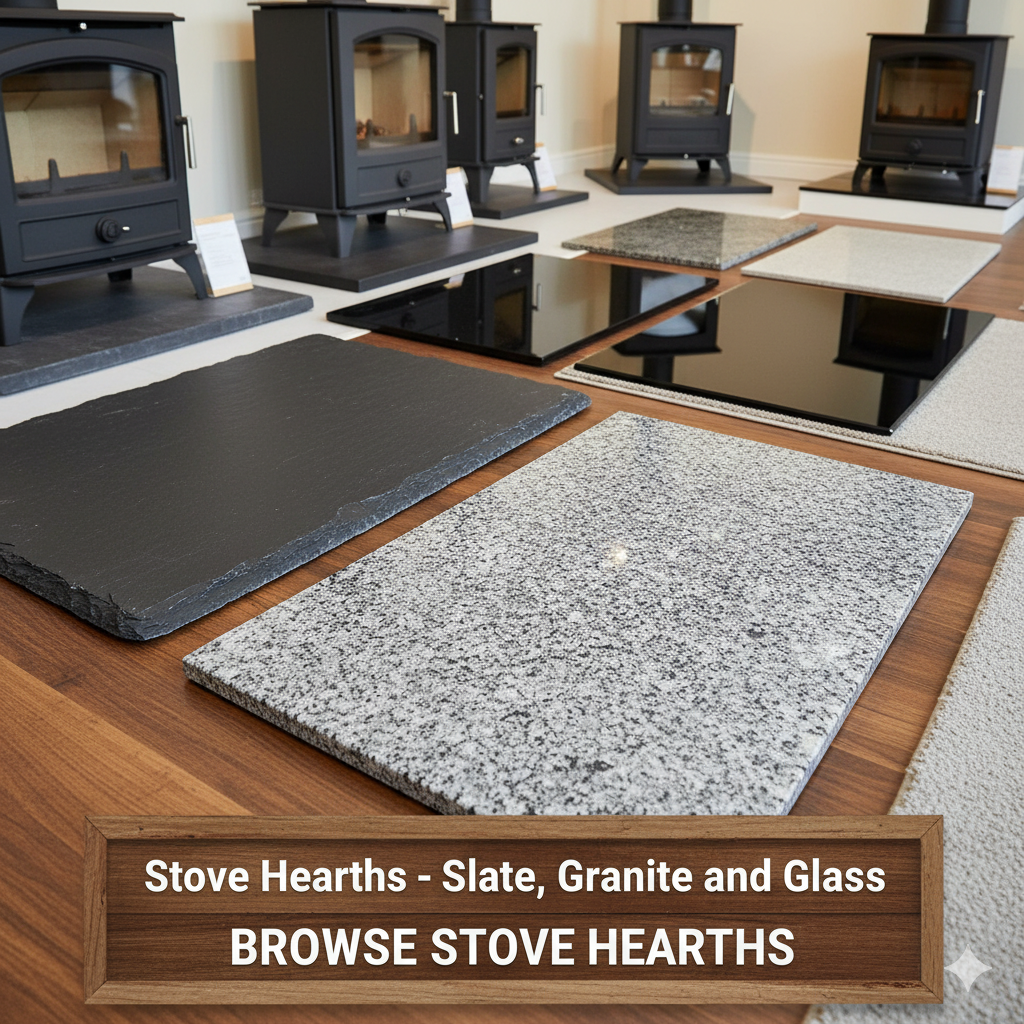Stove Installation Safety: Understanding Flue Temperature and Radiator Proximity

The integration of a solid fuel appliance into the modern British home represents a perfect convergence of aesthetic desire, energy independence, and complex thermal engineering. As homeowners across the UK increasingly turn to wood-burning and multi-fuel appliances to offset rising energy costs, we are seeing a shift in how living spaces are designed. However, the introduction of a high-temperature point source into a controlled central heating environment creates a unique set of safety and operational challenges that are often overlooked during the initial purchase excitement.
To ensure your home remains not only warm but safe, one must understand the physics of heat transfer. A home is a thermodynamic system where energy is generated, transferred, and lost. When you install a wood burner, you are disrupting the equilibrium of this system. This requires a deep technical understanding of how radiant heat interacts with your existing infrastructure specifically your central heating radiators and their thermostatic valves. Ignoring these dynamics can lead to inefficient heating, structural damage, or, in worst-case scenarios, catastrophic fire risks.
To navigate this complex landscape, we must look beyond the flames and focus on the engineering. Modern stoves are not merely metal boxes; they are sophisticated heating engines that require precise installation parameters to function correctly. Whether you are considering a traditional cast iron model or a contemporary steel unit, the interplay between the appliance, the flue gases it generates, and the surrounding environment is critical. This article serves as your definitive operational manual, breaking down the essential safety protocols regarding flue temperatures and the often-misunderstood relationship between your new fire and your existing radiators.
Chapter 1: Flue Gas Thermodynamics and The "Goldilocks" Zone
The flue is the engine of your stove installation. It is not merely a pipe for exhaust; it is a dynamic pressure vessel that relies on heat to function. The safety of your entire installation hinges on maintaining the correct Flue Gas Temperature. Efficient combustion in a wood burner is a phased process involving drying, pyrolysis, and char oxidation. To maintain this cycle safely, the flue gas temperature must be managed within a specific zone.
If the temperature drops below 150°C (300°F), you enter the danger zone of condensation. This is where water vapour and unburned hydrocarbons combine to form creosote. Creosote is not just soot; it can evolve into a hard, shiny, tar-like glaze that is highly combustible and notoriously difficult to remove. Conversely, operating above 300°C (600°F) indicates "overfiring." This excessive heat can warp the steel baffle plates inside the stove, crack cast iron components, and stress the flue system.
Choosing the Right Appliance
High-quality cast iron stoves, such as the Carron range, are designed with high thermal mass. They absorb energy slowly during the firing cycle and release it over a prolonged period. This "thermal lag" helps moderate temperature fluctuations, making it easier to keep the flue in the safe zone compared to thinner steel models that heat up and cool down rapidly.
Chapter 2: The Geometry of Safety – Hearths and Clearances
The most common cause of installation-related fires is the failure to observe "Distance to Combustibles." In the UK, this is governed by Approved Document J of the Building Regulations. One of the most critical aspects of this regulation is the Hearth.
Hearth Regulations (The Foundation of Safety)
The hearth serves two purposes: preventing the floor from catching fire due to radiant heat, and catching falling embers. If your stove is capable of raising the hearth temperature above 100°C, you need a "Constructional Hearth" of solid concrete at least 125mm thick. However, many modern stoves are certified not to exceed this temperature, allowing for a "Superimposed Hearth" which must be at least 12mm thick.
Visually, the hearth must extend at least 225mm in front of the stove door (for closed appliances) and 150mm to either side. This creates a dedicated "Visual Warning Area" that keeps furniture and occupants at a safe distance. Choosing the right hearth is not just about compliance; it is about framing your stove with a material that can withstand the thermal shock.
Chapter 3: The Radiator Conflict – Managing Proximity and Control
One of the most frequent issues we encounter at Budget Radiators is the conflict between a new stove and existing central heating radiators. This is often an "Interlock Issue" involving Thermostatic Radiator Valves (TRVs).
The TRV False-Positive Phenomenon
Standard TRVs operate using a wax or liquid expansion element in the head that senses the local air temperature. If you have a radiator located within 1 to 3 meters of your new stove, the TRV head will absorb the intense radiant heat from the fire. The wax expands, the valve closes, and the radiator shuts off. While this sounds efficient, it can cause problems if your main wall thermostat is also in this room. The thermostat detects the heat from the stove and shuts down the boiler entirely, leaving your bedrooms and bathrooms freezing cold while the living room remains toasty.
Actionable Tips for Hydraulic Balancing
- Zoning: Move your main wall thermostat out of the room containing the stove. Place it in a neutral area like the hallway.
- Manual Valves: Consider swapping the TRV on the radiator nearest the stove for a high-quality Manual Valve. This allows you to permanently throttle the flow to that radiator, acknowledging the stove as the primary heat source without confusing the automatic systems.
- Remote Sensors: If you must use a TRV near the stove, purchase a model with a remote sensing head. These have a capillary tube that allows you to mount the temperature sensor on a wall away from the radiant heat source.
Conclusion and Summary
Installing a stove is a transformative upgrade that adds character and warmth to your home. However, it demands a respect for the physics of fire and heat transfer. By strictly adhering to distance-to-combustible regulations, selecting the correct hearth for your specific appliance, and intelligently integrating your radiators using the correct valve technology, you can create a system that is both safe and comfortable.
Remember, the goal is a balanced thermal environment. Don't let your stove fight your central heating. Ensure your flue is hot enough to stay clean, but controlled enough to be safe. If you are ready to upgrade your heating system, browse our extensive collection of Carron stoves, compliant hearths, and radiators to find the perfect components for your project.
Disclaimer: All installation work should be carried out by a HETAS registered engineer or signed off by your local Building Control authority.



